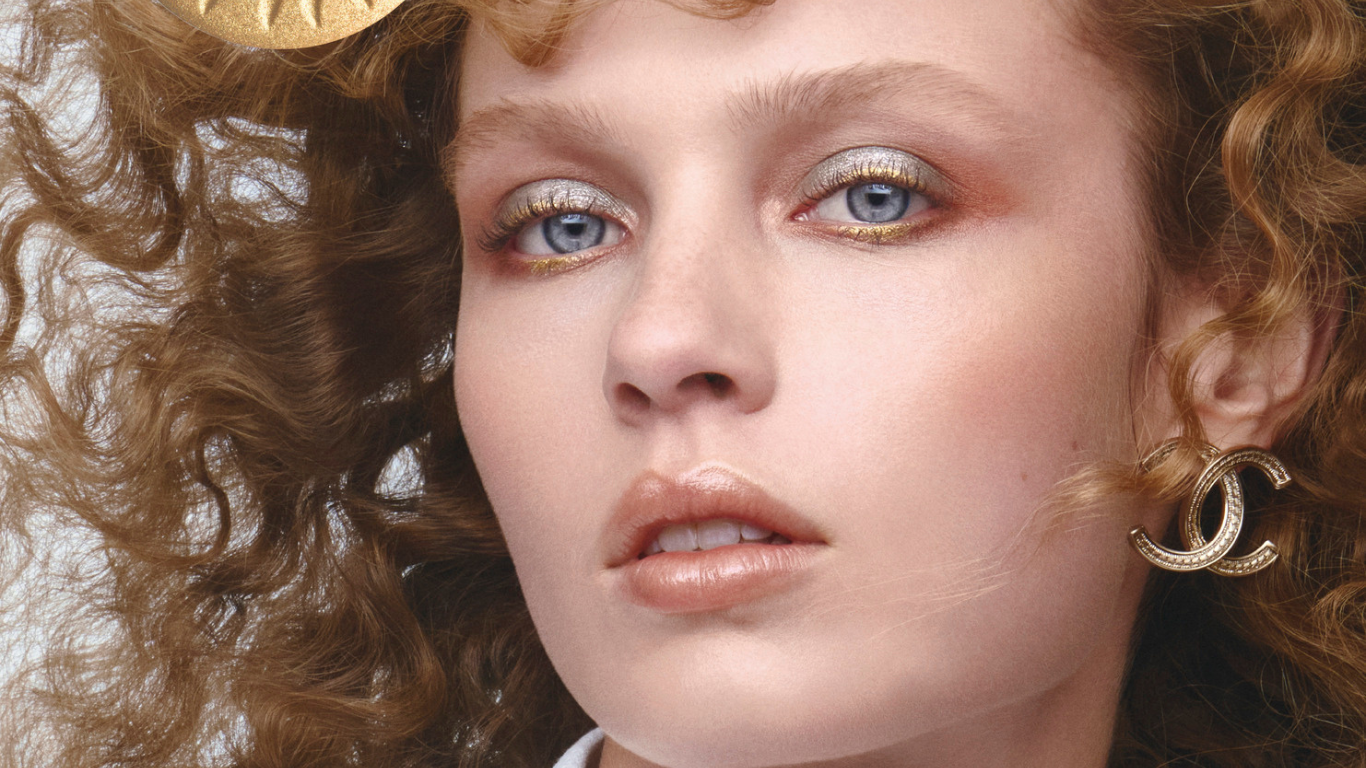Personalized skincare: choosing the right routine for your skin type
The right routine is the foundation of healthy and clear skin

The key to creating an effective skincare routine lies in understanding your skin type, its characteristics, and its tendencies. There are no universal solutions – products that work perfectly for one person may trigger irritation or breakouts in another.
In this article, we’ll explore the unique features of different skin types – dry, oily, combination, and normal – and determine which care methods are optimal for each type.
Dry skin
Characteristics:
- feeling of tightness after cleansing
- tendency to flake
- dull, uneven skin tone
- often sensitive and thin skin structure
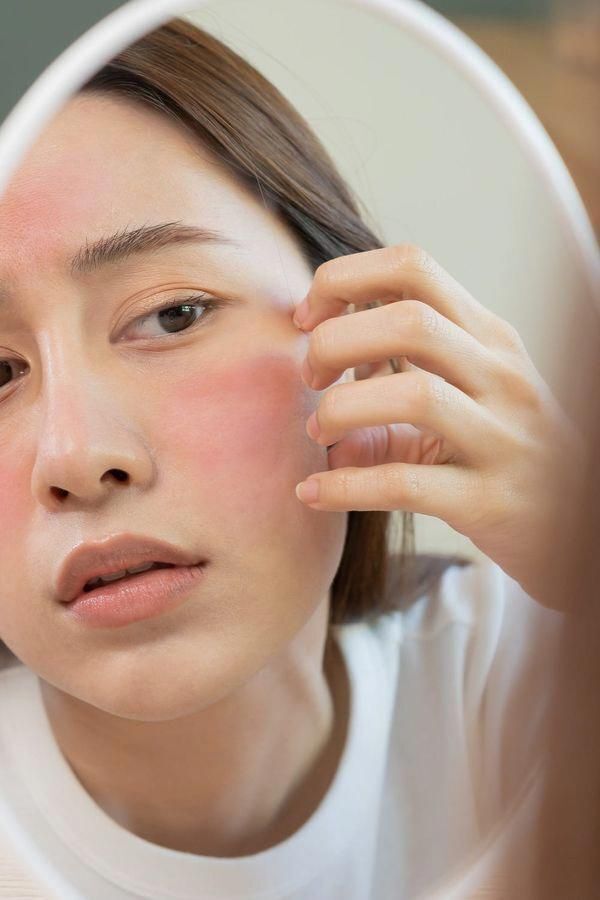
Care recommendations:
- Cleansing: gentle formulas without sulfates or harsh surfactants (e.g., cream-gels or cleansing oils).
- Moisturizing: products with hyaluronic acid, squalane, glycerin, ceramides.
- Nourishment: rich creams with oils (shea butter, avocado, macadamia).
- Additionally: hydrating masks, thermal water.

What to avoid:
- harsh scrubs and alcohol-based toners
- frequent use of acid peels
- oil-stripping products with menthol, alcohol, and eucalyptus
Oily skin
Characteristics:
- pronounced shine, especially in the t-zone
- enlarged pores
- tendency toward breakouts and acne
- makeup does not last well during the day
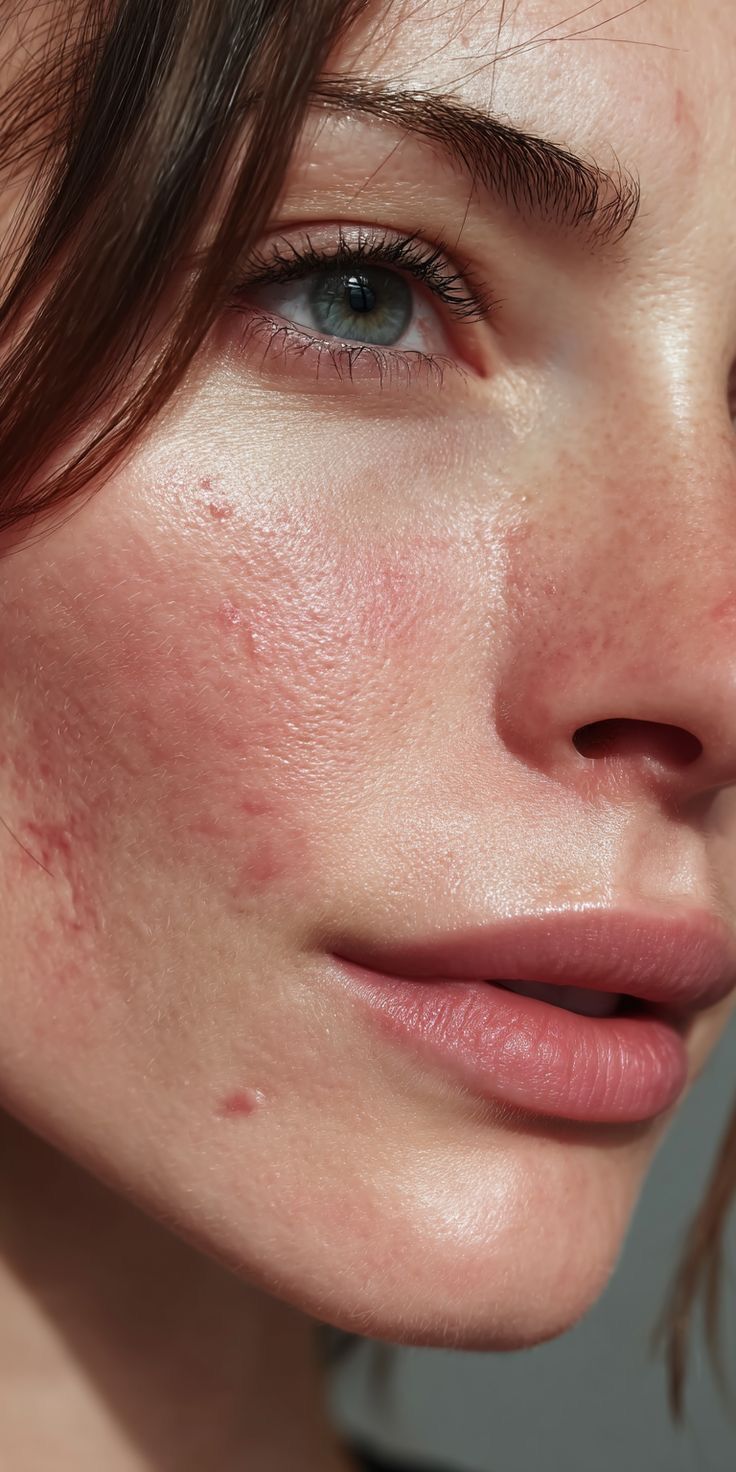
Care recommendations:
- Cleansing: gels with salicylic, glycolic, or lactic acids.
- Moisturizing: lightweight gel textures, non-comedogenic fluids.
- Actives: niacinamide, zinc, AHA/BHA acids, green tea extract.
- Additionally: clay masks 1–2 times per week to cleanse pores and reduce oiliness.
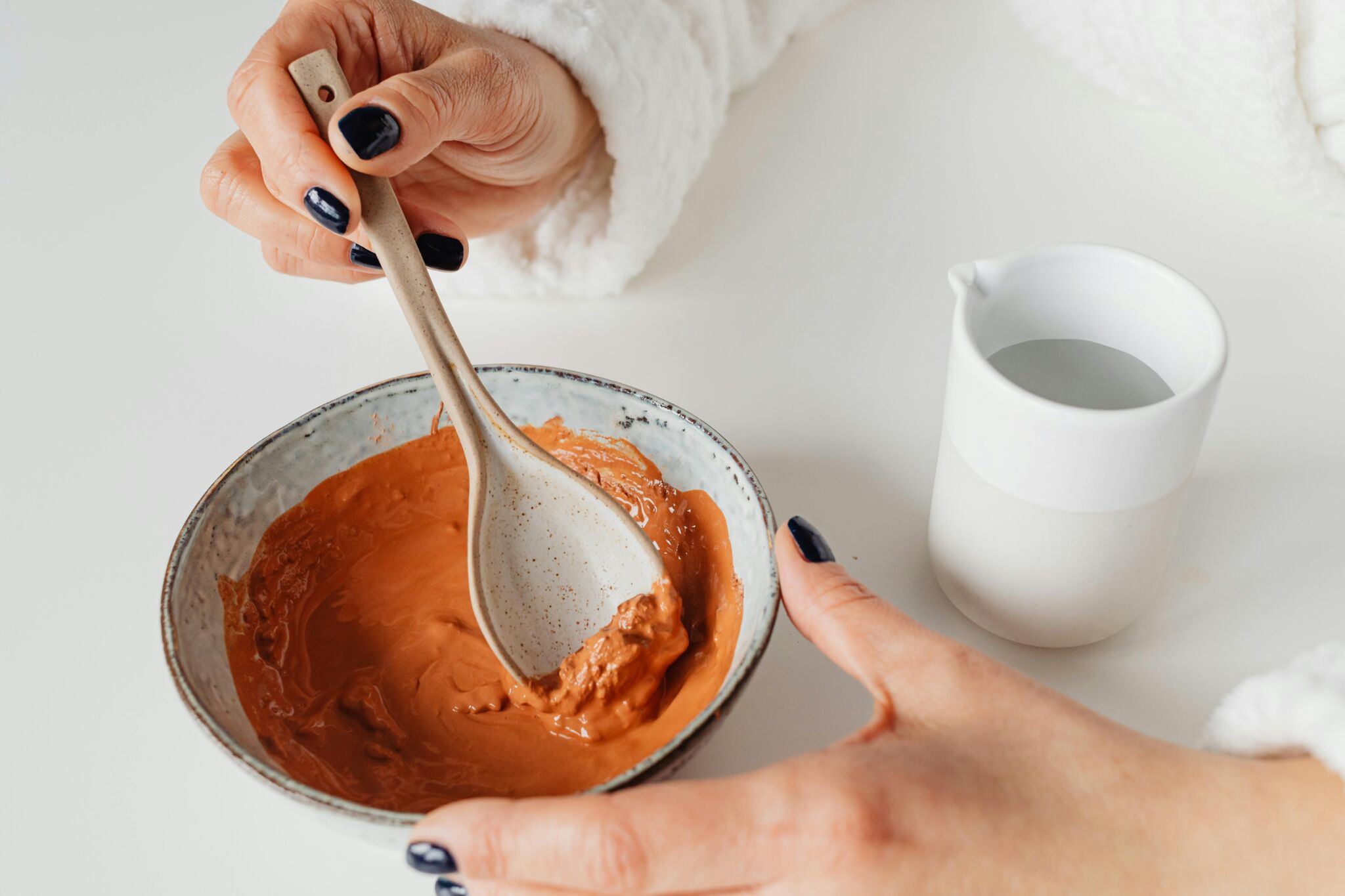
What to avoid:
- aggressive “over-drying” of skin (leads to compensatory sebum production)
- heavy creams and oils
- frequently switching products and over-layering skincare
Combination skin
Characteristics:
- oily t-zone (forehead, nose, chin) with normal or dry cheeks
- enlarged pores in certain areas
- can experience both dryness and breakouts

Care recommendations:
- Cleansing: balancing gels that don’t overdry the skin.
- Moisturizing: universal creams, or a zonal approach – light hydration for the T-zone, richer formulas for cheeks.
- Actives: niacinamide, allantoin, panthenol.
- Additionally: multi-masking – using different masks for different zones.
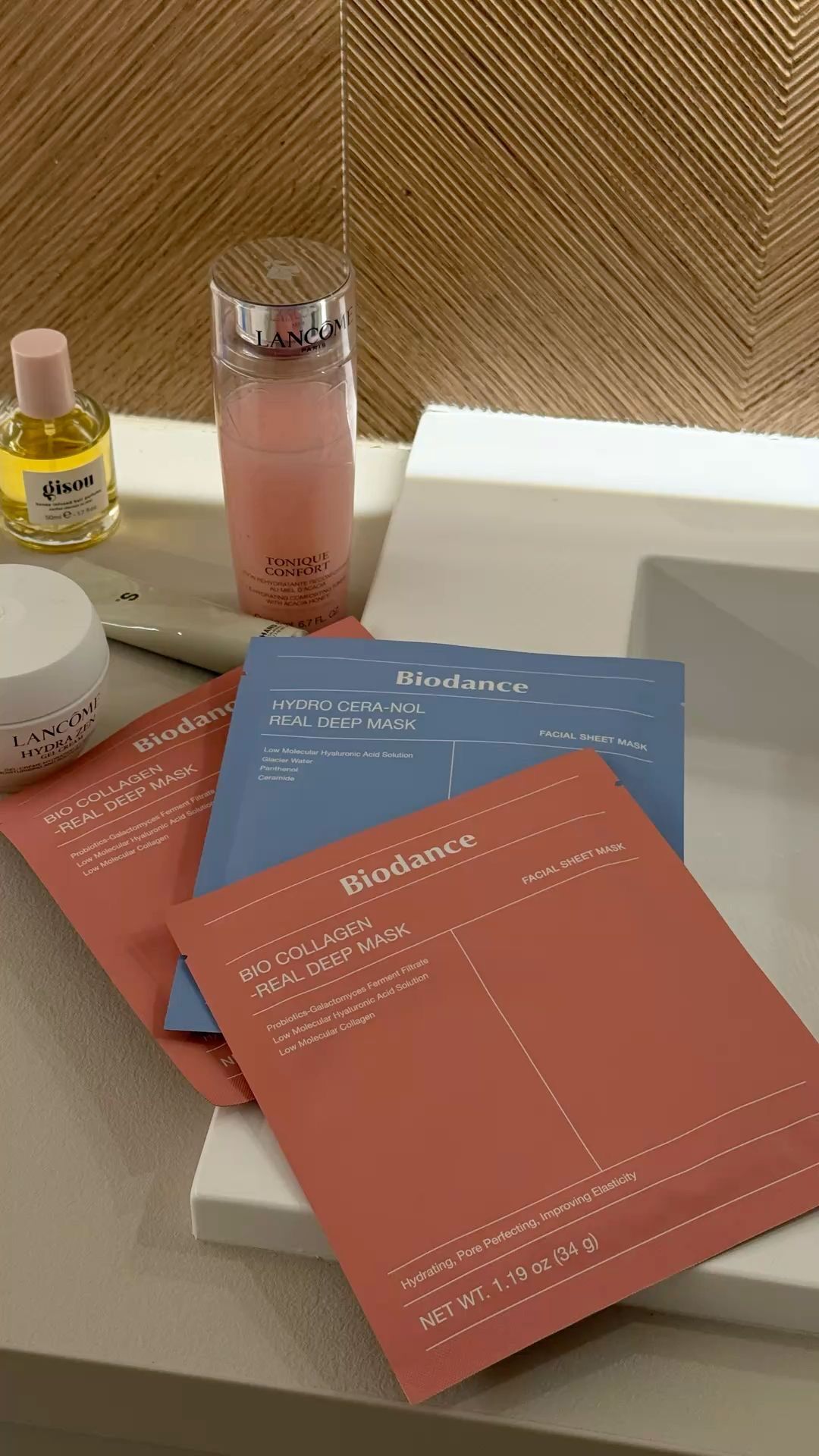
What to avoid:
- using the same products on the whole face without accounting for differences
- applying strong acids all over the face
- silicone-heavy products if prone to acne
Normal skin
Characteristics:
- balanced hydrolipid barrier
- no noticeable shine or dryness
- minimal breakouts and irritation
- smooth, even skin appearance
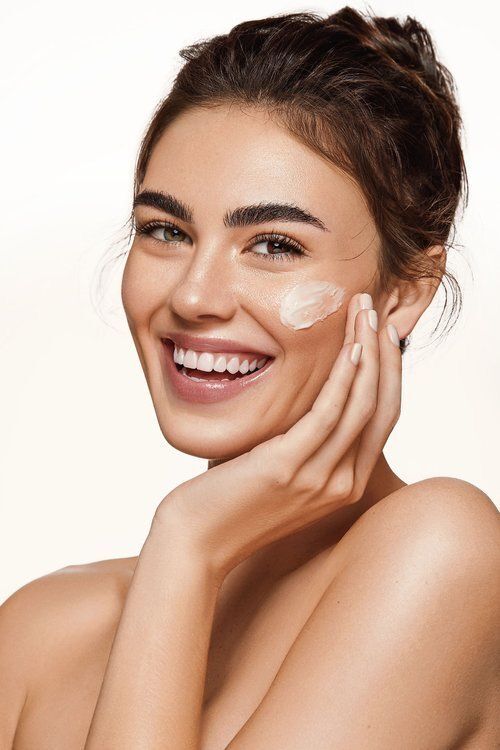
Care recommendations:
- Cleansing: gentle, barrier-supporting cleansers.
- Moisturizing: lightweight emulsions and creams, depending on the season.
- Actives: antioxidants (e.g., vitamin C), hyaluronic acid, peptides.
- Additionally: sun protection (SPF 30+), targeted treatments (e.g., hydrating masks).
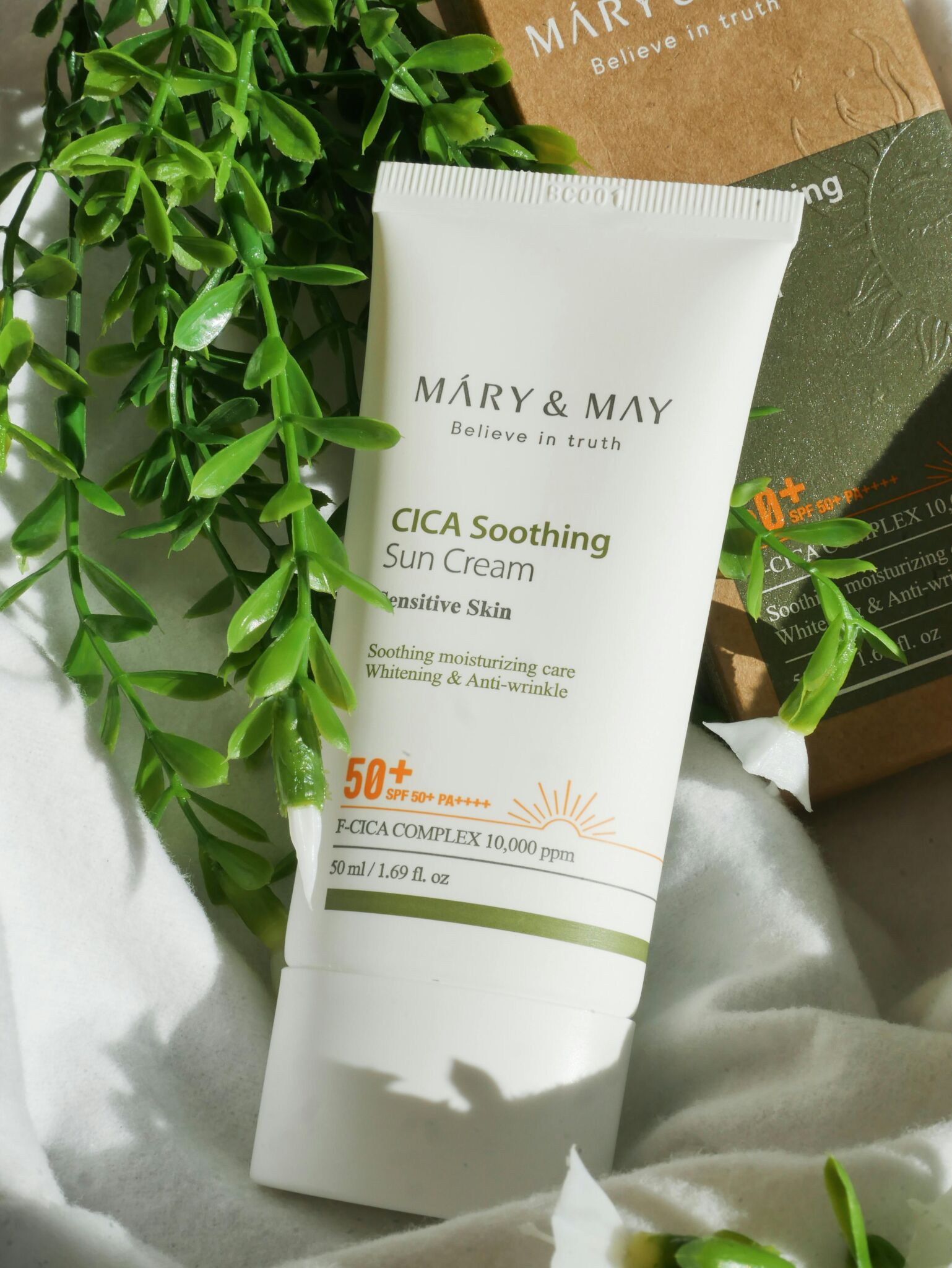
What to avoid:
- excessive use of actives without real need
- overly complex multi-step routines
- neglecting the basics (hydration, SPF)
Choosing skincare based on your skin type is not just a trend – it is the foundation of smart, effective skincare. Focus not on marketing or advice from friends, but on your skin’s condition, how it reacts to products, and seasonal changes.
If you’re unsure about your skin type or struggle to select the right products, consult a dermatologist or professional cosmetologist. An individualized approach always delivers better results than “one-size-fits-all” routines.
